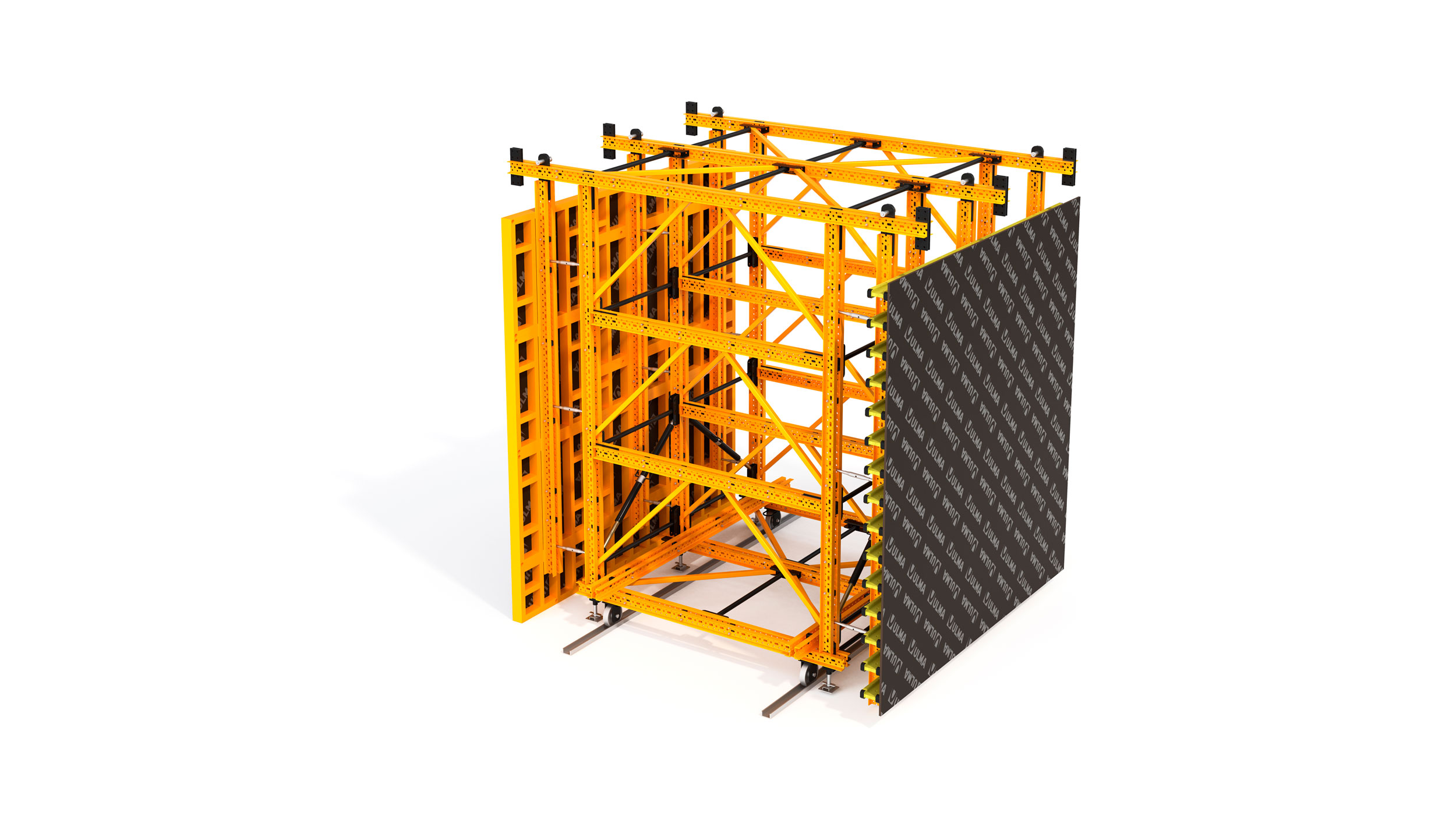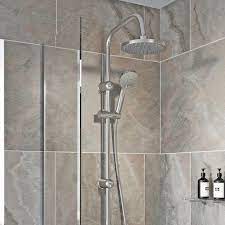A rainscreen (sometimes alluded to as being a ‘depleted and ventilated’ or ‘pressure-levelled’ façade) is crucial for a twofold wall advancement which can be utilized to frame the surface surfaces of structures.
Rainscreen cladding frameworks were initial explored through the 1940s. They were first applied through the 1950s and turned into a lot more common during the 1960s.
The Heart for Windows and Cladding Technologies (CWCT) characterizes a rainscreen cladding platform as ‘…a wall structure involving an external epidermis of boards and a hermetically closed protected sponsorship wall structure segregated with a ventilated hole. Some water might enter into the pit however the rainscreen is planned to present Rainscreen insurance policy from primary downpours’.
Normally, rainwater display screens are framed of somewhat slender, pre-designed sections. The rainscreen itself essentially will keep crucial actions of water from coming into the wall improvement. Hot security, impermeability and root steadiness receive continually, as well as an inner component of the wall structure is developed.
There are two basic forms of rainscreen:
1. Depleted and ventilated rainscreen cladding frameworks make it possible for any coming into dampness to diminish or disappear and vent for the outside. With this circumstance, it is important to depth the façadeso that any infiltrating drinking water can’t go across the pit in between the rainscreen along with the inside wall advancement.
2. Stress-leveled (PE) rainscreen cladding frameworks make it possible for the development of oxygen within and beyond the rainscreen. This amounts the stress all over the rainscreen to ensure that h2o isn’t pushed, or taken throughout the joint parts.
Rainscreen cladding might be manufactured from aluminum sheeting like aluminium, tempered stainlesss steel, zinc, copper, and many others, or can be formed from steel composite materials (MCM) which comprise two skins of metallic (like aluminium, or ACM) clung to 1 or the opposite side of a lightweight middle like polyethene (PE) or polyurethane (PUR), a profiled metallic middle or possibly a vitamin middle. Different supplies, for instance, earthenware, obstruct slips, rock, hardwood, and so forth are likewise employed.Rainscreens are generally experienced, light-weight, and simple introducing, maintain and supplant. A few frameworks are essentially ‘clicked’ onto helping side rails without the requirement for more trimmings.



